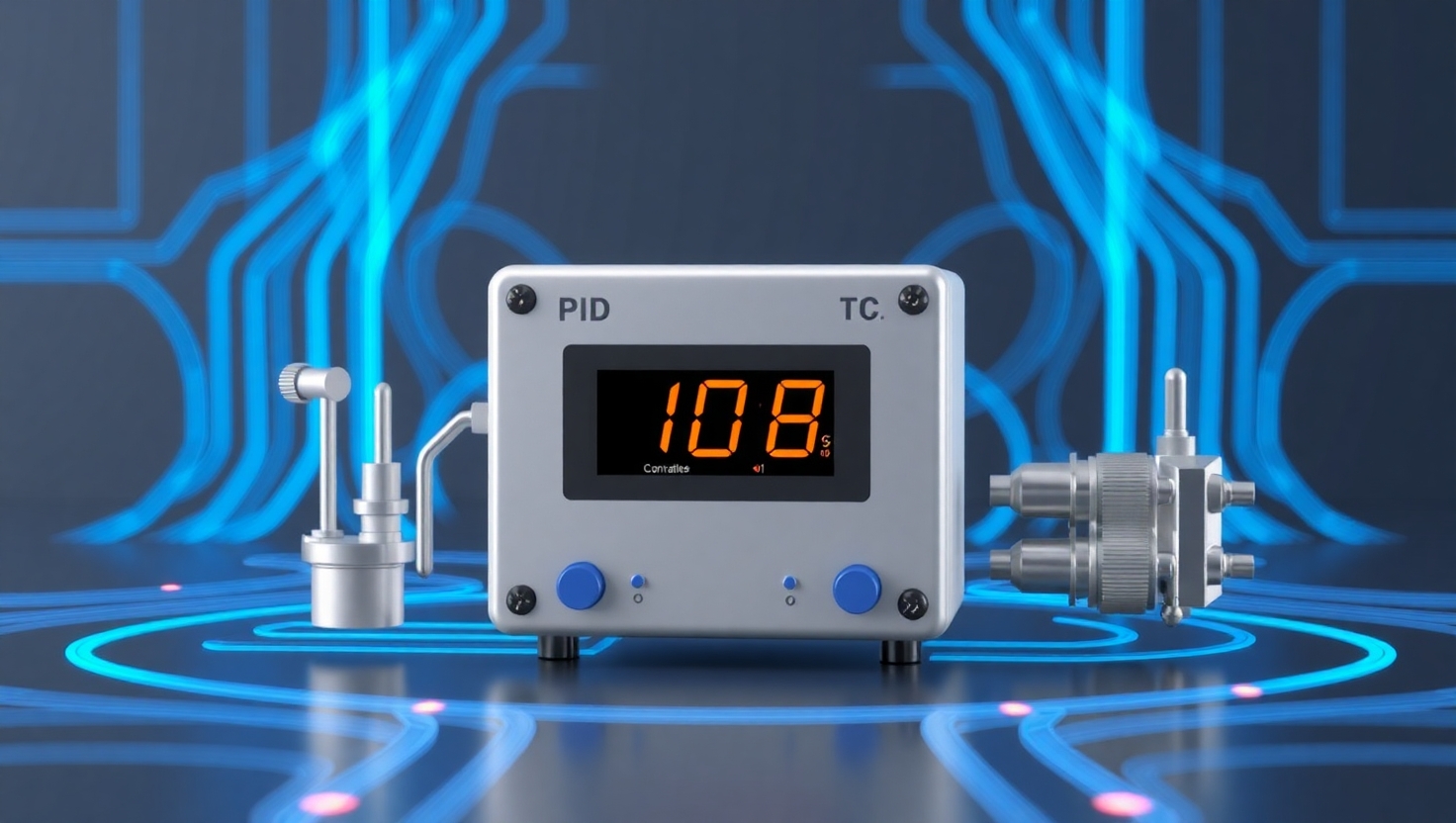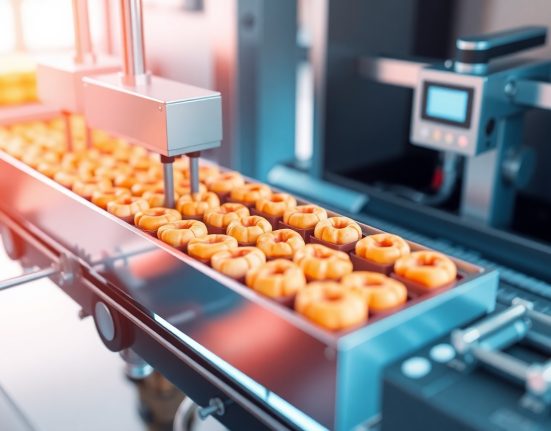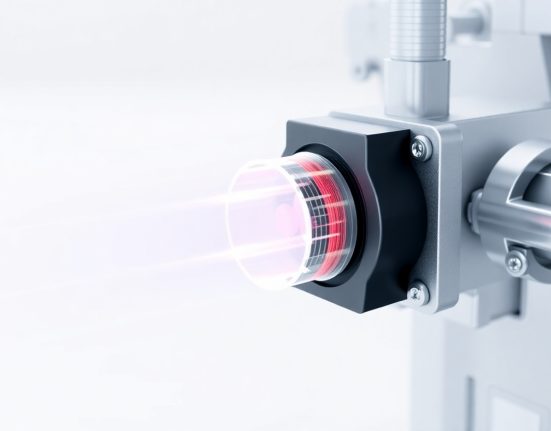In the world of control systems and automation, the PID controller is one of the most popular and important tools out there. It’s a basic component that helps various systems maintain stability, accuracy, and optimal performance over time. The term PID stands for Proportional, Integral, Derivative – three key parts of controlling a system, each playing a unique and important role in the process.
The core idea behind a PID controller is that it takes in information about the system’s current state, compares it to the desired state (or setpoint), and tries to fix any difference between the two. For example, in a temperature control system, the controller reads the current temperature, compares it to the target temperature, and if there’s a gap, it tries to “correct” it by turning heating or cooling elements on or off. What makes a PID controller special is how it uses these three different components working together, allowing for a response that’s precise, fast, and stable.
The proportional part (P) deals with the current error – that is, the difference between the measured value and the desired value. It generates a response proportional to the size of the error, meaning the bigger the difference, the stronger the output from the controller. This leads to a fairly quick response to fix the system, but using this part alone can sometimes cause the system to overshoot or oscillate.
That’s where the integral part (I) comes in. It looks at the accumulated error over time. Its job is to fix small errors that persist by increasing the response to prevent the system from constantly being off target. The integral adds “force” to the correction the longer the error exists, helping the system get more accurate and actually reach the setpoint instead of just hovering near it.
The third part, the derivative (D), focuses on predicting future error based on how fast the error is changing. It acts like a kind of “brake” to reduce overshooting and sudden jumps in the system by responding early to quick changes. You can think of it as a damping force that smooths out the control process.
When you combine these three elements – proportional, integral, and derivative – you get a control system that can adapt and correct itself effectively. In practice, the controller constantly calculates these three values and combines them into a single output that drives the system’s actions. The big advantage is that it can handle sudden changes, ongoing small errors, and quick fluctuations all at once, keeping the system stable and accurate in a wide range of situations.
PID controllers are everywhere: in car engines, air conditioning systems, robotics, advanced manufacturing machines, and even medical devices. They allow precise control of critical parameters while adapting to real-time changes. The main challenge with using a PID controller is tuning the balance between the three parts correctly – too much or too little of any one can cause the system to become unstable or respond too slowly. This tuning process can be manual or automatic and depends on the specific system and what’s needed.
It’s pretty amazing how a relatively simple idea – just adding up three mathematical components – can solve so many complex control and automation problems, turning complicated systems into stable and reliable ones. Anyone working in technical or engineering fields, especially electronics, mechanics, or computer science, will likely appreciate the simplicity and power of the PID controller.














